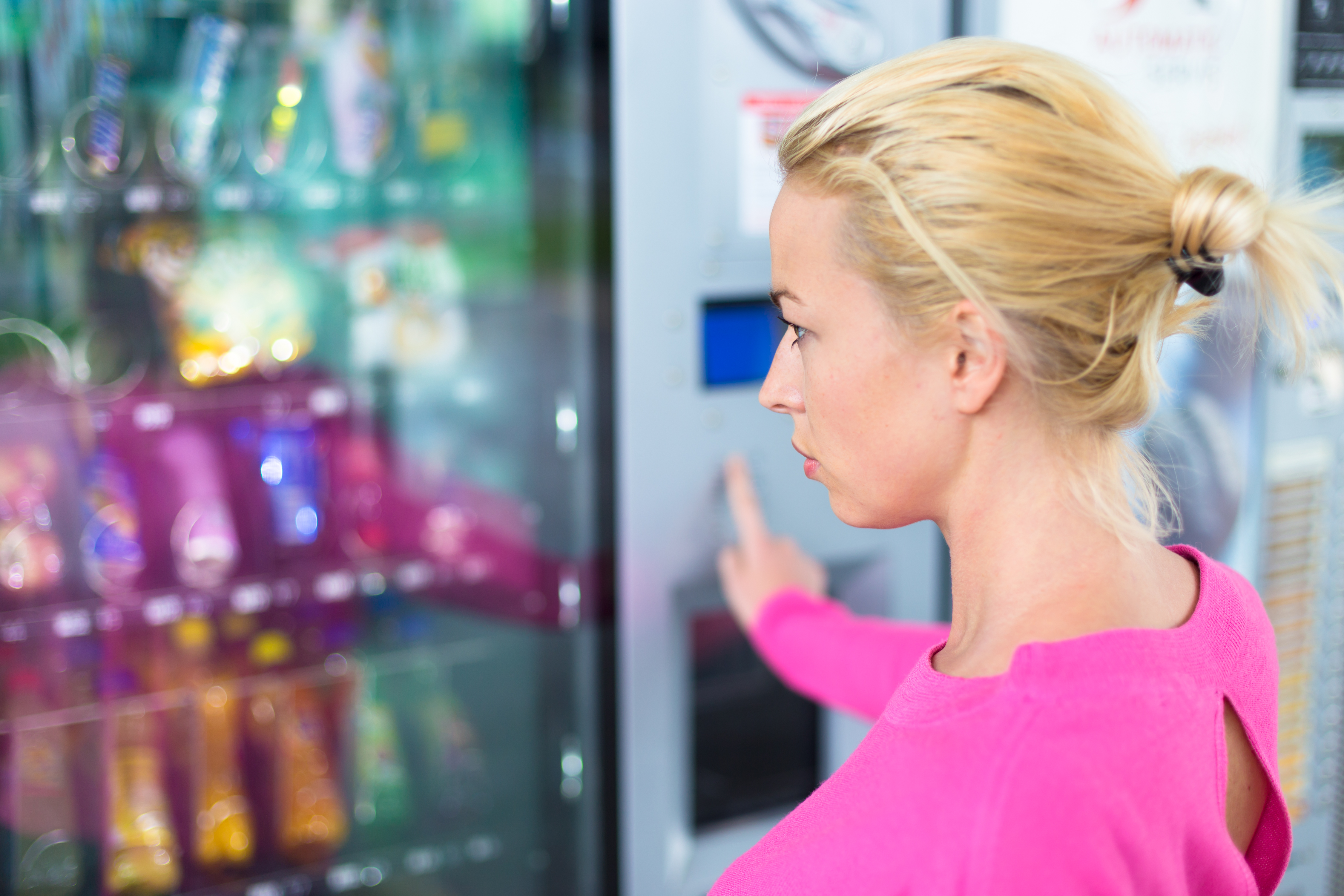Mondelez International has partnered with AIM – the European Brands Association – along different European corporations and organisations, to trial a pioneering virtual era, to evaluate whether or not it might allow higher sorting and higher-quality recycling charges for packaging within the EU.
One of the largest hindrances to making a round economic system is the sorting of post-consumer waste via correctly figuring out packaging, which might lead to extra environment friendly and higher-quality recycling. As a part of a cross-value chain initiative below the title of “HolyGrail 2.0”, an commercial pilot has been introduced to end up the viability of virtual watermark applied sciences for extra correct sorting of packaging and higher-quality recycling, in addition to the trade case at scale.
This collaboration paperwork a part of Mondelez world’s world way to ship towards its long-term imaginative and prescient for zero-net waste packaging via 2025, thru supporting business coalitions and public-private partnerships to beef up recycling infrastructures and create a round economic system in order that waste turns into a valued commodity and remains inside the economic system somewhat than finishing up within the surroundings. Mondelēz is dedicated to creating 100% of its packaging recyclable and labelled with user data via 2025 as a part of it ‘Pack Light and Pack Right’ manner.
Michael Stumpf, Europe RDQ packaging sustainability supervisor, Mondelez International stated: “We are excited to be joining this innovative pilot, HolyGrail 2.0 is a further step towards our goal of zero-net waste packaging by 2025. We want to remove barriers to recycling efficiency and believe that when business unites under a common goal we can create positive impact at scale for people and planet.”
Digital watermarks are imperceptible codes, the dimensions of a postage stamp, masking the skin of a client items packaging. They can lift a variety of attributes reminiscent of producer, SKU, form of plastics used and composition for multilayer items, meals vs. non-food utilization, and so on. The purpose is that after the packaging has entered right into a waste sorting facility, the virtual watermark can also be detected and decoded via a regular high-resolution digicam at the sorting line, which then – in line with the transferred attributes – is in a position to kind the packaging into corresponding streams. This would lead to higher and extra correct sorting streams, and thus because of this in higher-quality recyclates, reaping rewards all the packaging price chain. Next to this “digital recycling passport”, virtual watermarks even have the possible for use in different spaces reminiscent of user engagement, provide chain visibility and retail operations.


